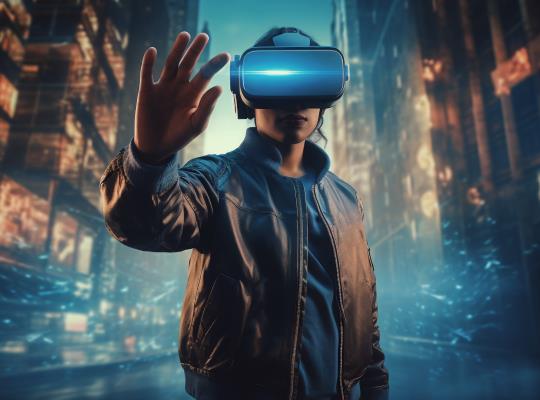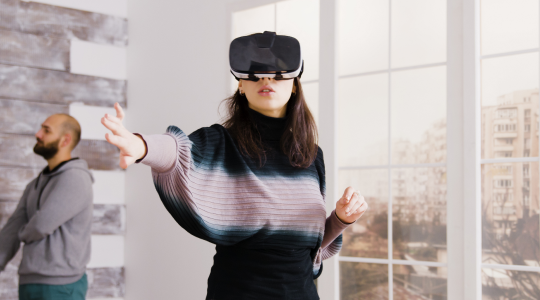The Architecture, Engineering, and Construction (AEC) industry is no stranger to complexity. With multiple stakeholders, tight timelines, and rising demands for sustainability and innovation, the pressure to build smarter is at an all-time high. Enter Extended Reality (XR) transformative technologies that are reshaping how we design, plan, and construct our built environments.From 3D walk-throughs of buildings that haven’t been constructed yet to AI-powered project management systems that prevent costly delays, the fusion of XR is unlocking a new era for the AEC industry.
What is XR in AEC?
Extended Reality (XR) is an umbrella term that includes Virtual Reality (VR), Augmented Reality (AR), and Mixed Reality (MR). In the AEC industry, XR is primarily used to:
- Visualize designs in 3D before construction begins
- Detect design conflicts early through immersive model walk throughs
- Enhance client communication by offering realistic previews of projects
- Improve on-site accuracy by overlaying design data on the real world through AR
For instance, a VR headset can allow architects and clients to take a virtual tour of a building during the design phase. They can explore lighting effects, spatial flow, and even furniture layouts in real-time—leading to faster decision-making and fewer revisions.
The Role of AI in AEC
Artificial Intelligence is revolutionizing how data is used in construction. By processing vast amounts of information quickly and accurately,systems can:
- Optimize building design based on energy use, cost, or space efficiency
- Predict project risks such as delays, budget overruns, or safety hazards
- Automate routine tasks like scheduling, resource allocation, and compliance checks
- Analyze BIM data to suggest improvements or detect structural issues



